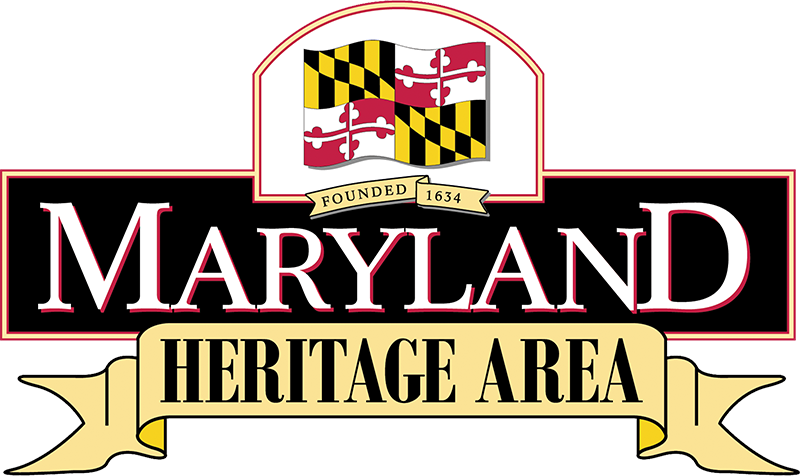Location Details
- 171 Shoreline DriveHarpers Ferry, WV 25425
- http://www.nps.gov/hafe
- (304) 535-6029
The site of John Brown’s raid in 1859, Harpers Ferry was also strategically important during the war years, and changed hands several times.
Harpers Ferry played a significant role in the Civil War, from John Brown’s raid before the war, to the U.S. Arsenal located in town, and to the numerous times the town changed hands during the course of the war. Harpers Ferry was strategically important because of the Arsenal and the town’s railroad, highway, and canal transportation links. John Brown chose Harpers Ferry as his first objective in his infamous 1859 raid because of its stores of weapons and its location near the mountains; his plan was to establish a sheltered base from which to free slaves and attack slaveholders. Brown launched his raid on October 16th, 1859. However, he did not draw the support he expected from local slaves, and he was pinned down by the local militia until U.S. Marines under the command of Colonel Robert E. Lee arrived, capturing or killing Brown and his men. Brown was taken to nearby Charles Town, where he was tried and executed.
Brown’s raid is widely credited with helping fan the flames of the impending conflict. The Civil War reached Harpers Ferry on April 18th, 1861, when Union forces burned the arsenals located there to deny access to the “strong and hostile Virginia State forces” reported to be approaching. The Confederates in their turn burned more buildings and looted others in June 1861. Harpers Ferry was regained and occupied by Federal forces from February-September 1862, but their defenses were weak. Confederates under the command of Stonewall Jackson were able to take the town in an astonishingly short amount of time as part of Lee’s Maryland campaign, on September 15th, 1862, taking 12,000 Union prisoners in the process.
Union forces once again won back Harpers Ferry in October, and immediately began strengthening its defenses, building fortifications until June 1863. In 1864, the rifle trench along Bolivar Heights was extended so that the town was virtually impregnable, provided the defenders also held Loudoun Heights and Maryland Heights (site of Federal campgrounds from 1862-1865 and seven fortifications, only one of which is still intact today). From August 1864 to February 1865, Harpers Ferry was the main base of operations for Union General Philip Sheridan’s army while they destroyed Confederate General Jubal Early’s forces and took control of the Shenandoah Valley. In 1864, Federal forces destroyed several more buildings around the area, this time to clear the way for a U.S. Military railroad to help supply Sheridan’s army.
After the Civil War, Harpers Ferry was the site of Storer College, one of the earliest institutions for black education after Emancipation.



